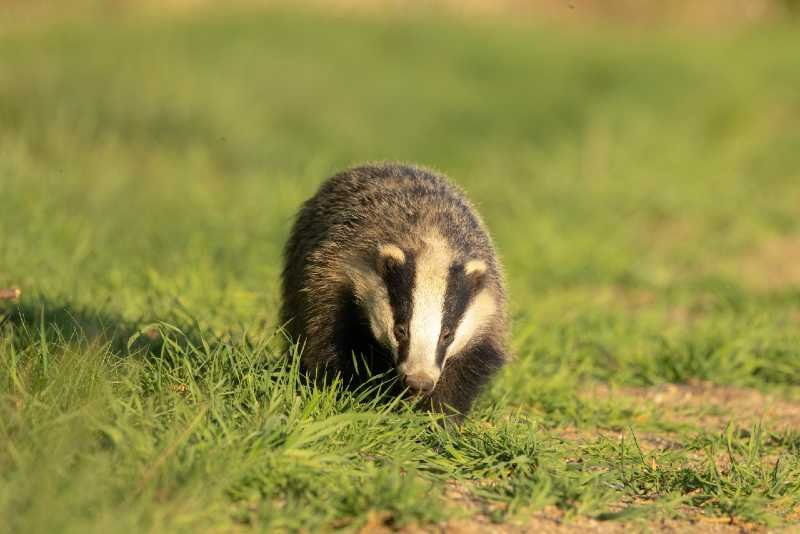Four ways to protect your livestock from TB
Bovine Tuberculosis (bTB) is still a significant challenge for beef and dairy farmers across the country. While routine testing of cattle in the UK is widely understood, it’s important to recognise that sheep, goat and camelids are also at risk of bTB, and as such can require testing on government request.
We wanted to revisit and highlight the TBAS service which, when engaged with, can help you work towards cost effective plans to reduce your herd’s risk. It’s open to all registered keepers of cattle, deer, sheep, goats, pigs, or camelids in England – funded by Defra and led by independent vets.
As part of the TBAS service, you receive two free visits, three months apart. The first visit involves a detailed questionnaire to evaluate risks specific to your holding. We then work with you on four cost effective, practical recommendations to address those key risks.
Tips to help reduce the spread of TB
1. Invest in badger proofing
To lower the risk of bTB being transmitted indirectly to your herd’s food sources by badgers and other wildlife, badger proofing your feed troughs, mineral licks as well as hard feed and forage stores is strongly advised.
For example, raising cattle troughs just 1 metre is very effective and low cost, although consideration needs to be given when thinking about trough height if you are keeping sheep.
2. Increase your disinfection points
Given that bTB can survive for up to 6 months in faeces from infected animals, biosecurity is key. Think about how you can increase measures such as disinfecting hands, clothing and boots, for example by adding more foot dips with TB-approved disinfectants around your holding.
Look at your equipment hygiene too; are you cleaning clippers, hurdles and vehicles between your herds or holding sites? What else do you use that is being passed from herd to herd that shod be disinfected routinely?
3. Adapt stock fencing
Because bTB moves via air droplets that can be carried by up to three metres or more, exposure between your stock and neighbouring animals can be reduced by creating at least a 1.5 metre border each side of boundary fencing to create a three-metre gap between herds.
You should also be thinking about how fencing can also keep wildlife out. Badgers, for example could fit under a fence if there is as little as 7.5cm gap. Adding in electric fencing and lower-level fencing when planning grazing areas can make a big difference.
4. Break the cycle of being a source of food and water for wildlife
There are many innovations to prevent badgers accessing the palatable forage and feed you provide, but simply reducing the interface between wildlife and your herd by breaking their habits can pay dividends.
An example is ensuring unused water troughs are emptied and feed areas are clean and tidy, feed store lids are firmly in place or raised up high and doors are firmly closed.
TBAS can help farmers produce Defra funded badger set maps which will help you identify where they are located and the routes they take on your farm.

- If you are a registered keeper of cattle, deer, sheep, goats, pigs, or camelids in England, and have a CPH number, you will qualify for free telephone advice or a free set of visits. If you don’t have a CPH number, contact TBAS to discuss whether a visit might still be possible: www.tbas.org.uk
- Visit apha.defra.gov.uk to enter your holding number to help you find out more about testing, legislation, and what risk area you are in
- Another useful tip is to check ibTB.co.uk, which maps bTB outbreaks in England and Wales - here you can look up a seller’s TB history
- 1st December 2023
